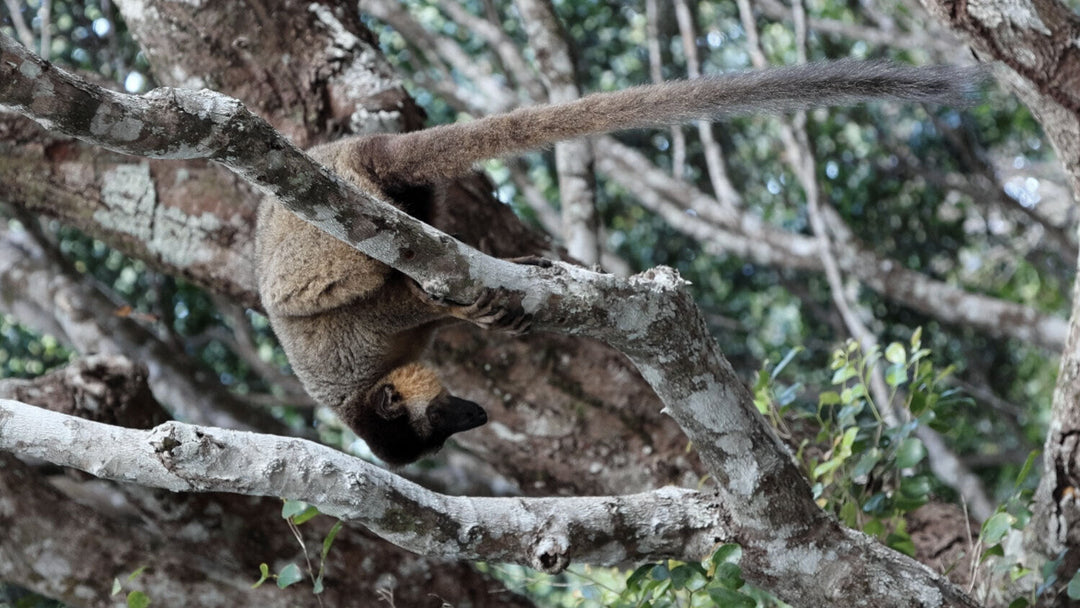Wildlife wonderland: Winter trail camera highlights
Brrr!
The winter months can be a challenging time for wildlife. Cold temperatures, snow and ice can make it difficult for animals to find food and shelter. When food sources become scarce, animals need to conserve energy in order to survive until warmer weather returns, so this may lead to a decrease in wildlife activity. For those using trail cameras to monitor and research wildlife in winter, this can lead to much less footage, so carefully selected camera locations are even more important – especially if the depths of snow can engulf a camera!
The flip side is that wintry conditions can make for some truly stunning camera trap footage! NatureSpy has worked with several projects that persist with the chilly conditions and run their camera traps through the winter months. We’ve assisted the Bioterra team in Croatia with camera maintenance during the winter months, Voyageurs Wolf Project in Minnesota, USA have shared insights into the challenges they face with snowy surveys, Aigas Field Centre have shared highlights from the snow drifts in Scotland, and our Yorkshire Pine Marten Project has seen its fair share of snow over the past 5 years.

A fox wanders across the snow - OCS, France
Do camera traps work in the winter?
Yes! A good camera trap will continue to work effectively well below zero. For example, Browning trail cameras are built to handle temperatures down to -34°C. The weak link, however, is batteries.
Lithium AA batteries perform as normal down to -15°C, but alkaline batteries on the other hand really struggle in cold temperatures, to the extent that a camera will stop working through winter months. Below 5°C, alkaline batteries can only output one fifth of their power. A camera running on alkaline batteries may appear to switch on and be functioning during installation, but when it comes to needing bursts of power to record footage, this could result in nothing happening. Rechargeable batteries begin to struggle below 0°C, but there are other reasons why rechargeable batteries may not be a good choice, learn more about battery choice and camera traps here. In summary: for winter camera trapping, lithium batteries are always the most reliable option.
A build-up of moisture in and around camera traps can also bring an additional challenges in chillier, wetter months, causing lens fogging and in some cases a build-up of moisture in the camera housing. Simple maintenance steps can be taken to avoid this, such as letting the camera air out indoors every few months in autumn/winter.
------
Article by Ed Snell



